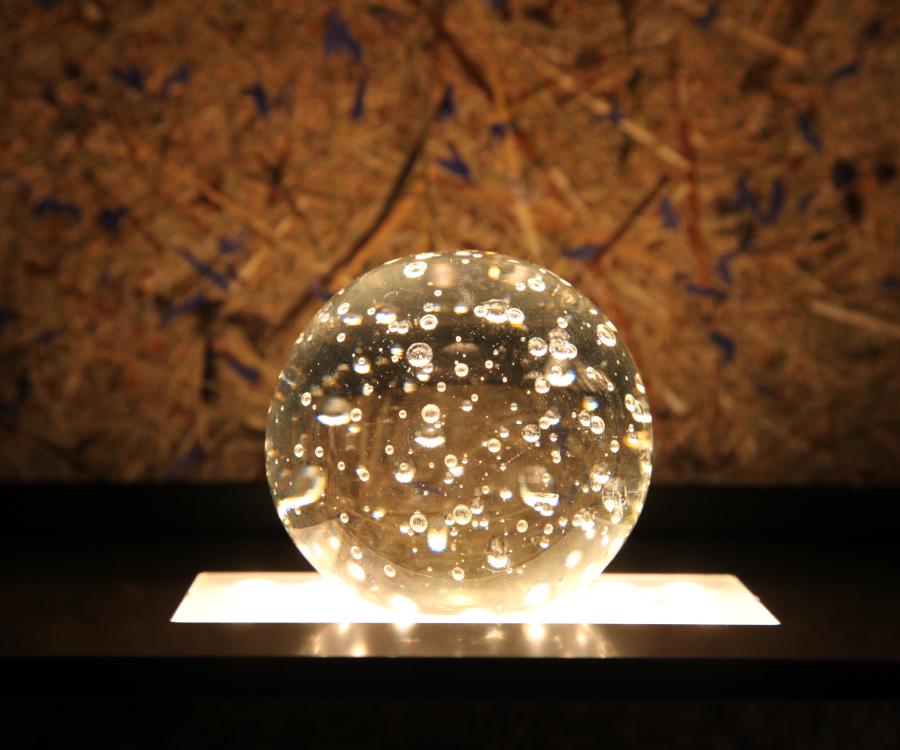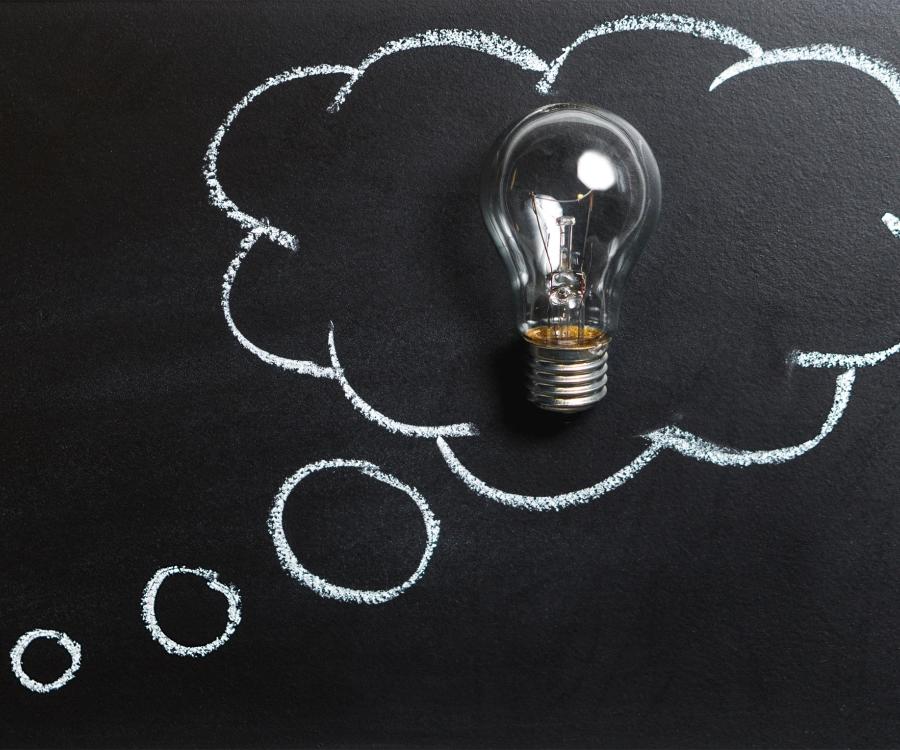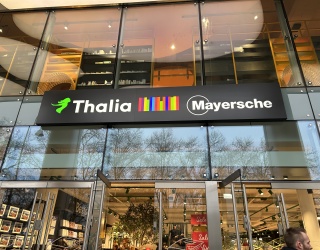
Whether it’s a gas station store, a supermarket, walk-in kiosk or fast food restaurants: innovative sales concepts and novel shop systems are right on trend with our more and more mobile society. These convenience stores offer a selective range of snacks and refreshments in a compact sales environment. In our iXtenso-interview, Jan Oberfranc, Director of Corporate Communications at lighting specialist Bäro, explains what needs to be considered when planning lighting applications in this particular retail segment and how optimal retail lighting becomes possible.
Which particular aspects need to be considered when it comes to lighting planning for convenience stores?
To put it simply, a convenience store is a miniature supermarket where a variety of products are combined in a very small area. That is why the available space needs to be utilized to its full capacity. One disadvantage of this architecture however is that it lacks the room for bigger sales areas. This requires very precise planning of the store.
This is also, why the lighting needs to be planned very precisely, so the individual zones are ideally illuminated. Light in a convenience store can help to make the individual product groups more visible to the customer through different lighting techniques. The lighting concept needs to be especially flexible to be able to respond to the different merchandise and to also follow changes in day-to-day business. In addition, lighting can also assist in guiding the customer through the store.
How does the product selection influence the required lighting solutions?
Lightning needs to be as varied as the merchandise. Fresh food items such as fruits and vegetables are located next to meat products, convenience foods or packaged goods, and all of these different products react differently to light. Some look flat, others shiny, they reflect the light or they don’t, they are bright or dark. The predominant color palette within the product groups is very different: bread items are more yellowish-brown, vegetables green, meat has a red tone etc…
This is why the lighting needs to refer to the product; we are talking about so-called natural color enhancement here. This means, the used lighting emphasizes the prevalent colors of the lighted products and color distortions are to be avoided at all costs.
Recently, Bäro published a new brochure on this subject. How does it assist lighting designers in their work in the convenience store sector?
Like all of our brochures in our “special series“, this booklet on convenience is also a mix of reference projects and product information. The brochure provides detailed information on lighting in the individual areas that can be found in a convenience store (aisles, checkout, seating area etc.). Based on individual lighting, we demonstrate which lighting solutions are best suited for these specific areas. This overview is completed with information on reflector and filter technology as well as today’s applicable light sources. All of this information is incorporated while showcasing a number of current projects.
How do requirements for lighting differ for the different store areas in a convenience shop?
As already mentioned, the light needs to respect the coloring and surface appearance of the merchandise. What’s more, every store area should be considered individually for the purpose of lighting planning. Here are just three examples:
- Checkout counters should be found quickly and usually stand out due to brightness or the featured luminous color; impulse products behind the sales assistants can be spotlighted and thus be accentuated.
- Fresh food items are sensitive to too much light (regardless whether that’s daylight or artificial light) and especially the popular blister packs at convenience stores tend to exhibit condensation due to the greenhouse effect with too much lighting. In this case, striking a balance between product protection and attractive radiance is particularly important; brightness peaks should be avoided.
- This is very different in the seating area: here, strong light and dark contrast is a very effective means to create a comfortable, almost intimate atmosphere.
Of course, the overall effect then still has to correspond with the store concept itself. This is why the designer can and should of course deviate from the “standard“ to be distinctive. But this is always a deliberate and well thought out step. This is why lighting planning should be factored in as early as possible.
What products does Bäro have in its portfolio that are particularly well suited in such a store?
Since the origin of our company is in the lighting of fresh foods, our entire portfolio is geared towards solutions for store lighting. Our products with OvalBasic as well as Batwing reflectors should perhaps be emphasized in this case. The OvalBasic is characterized by an oval photographic image, to where the lighting of sales counters only illuminates the product display and not the floor. The BatWing reflector features so-called double asymmetric light distribution that makes it possible to light two opposing shelves at the same time with one light.
This applies for lamps with traditional discharge tube technology as well as LED solutions that offer new possibilities for lighting in the convenience sector thanks to their controllability, low heat emission and broad spectrum of luminous color.
Interview: Ben Giese, iXtenso.com





